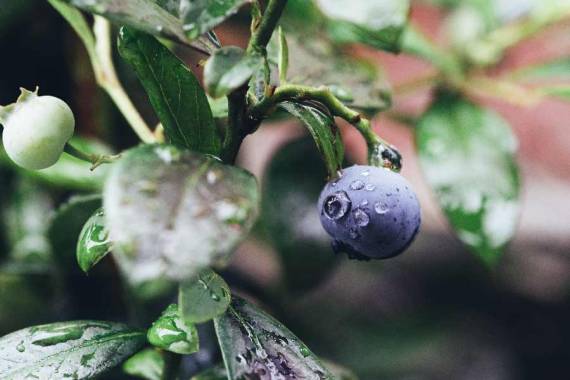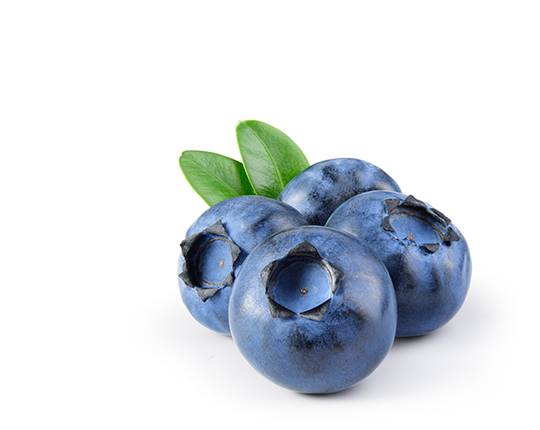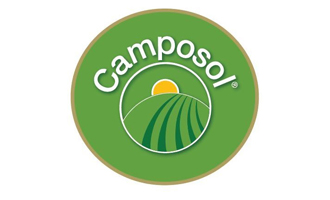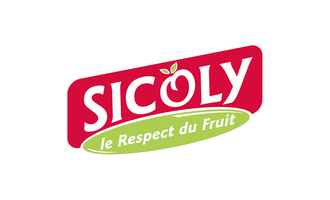Turnkey projects: Fruit preservation
A comprehensive solution for your fruit and vegetable preservation projects in a controlled atmosphere.

A perennial plant native to Europe, bilberries are a species of low-growing shrubs about thirty centimetres high. The fruits are fleshy, tangy and slightly sweet. Bilberries have been consumed since prehistoric times, and are now grown in a large number of countries around the world.
In 2014, global bilberry production was estimated at 729,000 tonnes, including 165,000 tonnes of wild bilberries. Global cultivated areas and volumes have increased steadily over the past decade in many parts of the world due to ever-growing demand.
Bilberries are climacteric fruits and therefore develop responses to ethylene; however, they must be harvested almost ripe since eating quality does not improve after harvest.
Maturity indicators
Quality indicators
Modified atmosphere packaging at 15-20% CO2 and 5-10% O2 for shipping reduces the development of Botrytis cinerea (grey rot) and other rot-causing organisms, and reduces respiration and softening rates of blueberries, raspberries, and blackberries, thereby extending post-harvest life.
Pallet covers and packaging for modified atmosphere containment are commonly used. Rapid cooling should precede the modified atmosphere.
Exposure to ethylene does not stimulate ripening of blueberries, but removal of ethylene from the storage air may reduce disease development.
Storage conditions:
Blueberry diseases:
The fungus continues to grow even at 0°C (32°F) although it is very slow to develop at this temperature.
The spores of this fungus are usually airborne and easily dispersed. This fungus does not grow at temperatures below 5°C (41°F). Therefore, temperature control is the simplest method of control.






